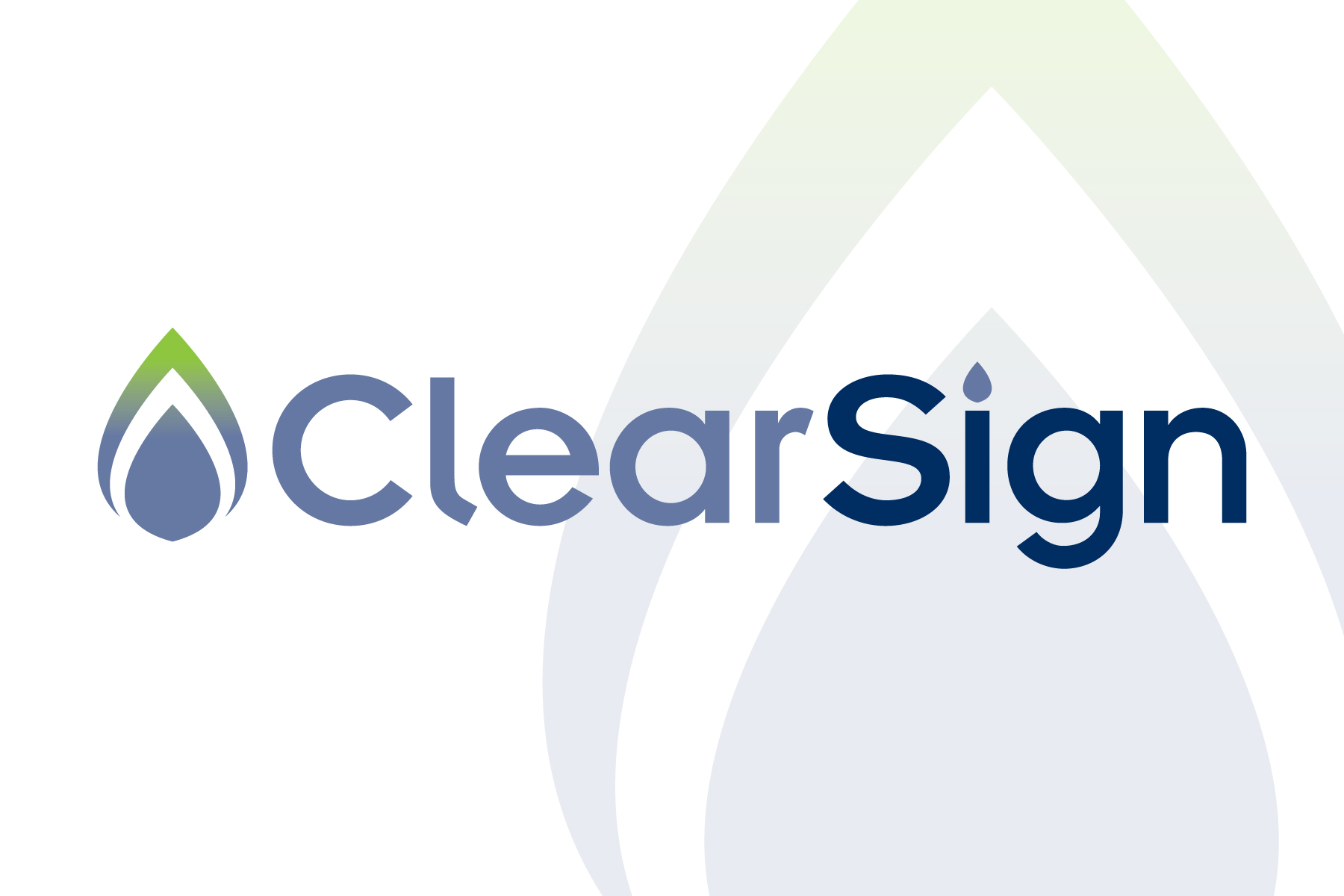Catalyst Midstream is set to launch a FEED study for a blue ammonia facility in North Dakota that will produce over 1 million tons per year for export.
The project, which has not been reported previously, applied for a $10m North Dakota Clean Sustainable Energy Authority grant for the construction of a blue ammonia facility in Berthold, North Dakota. That’s in addition to $37.5m it requested from the North Dakota Development Fund’s Fertilizer Facility Loan Fund in September 2023.
The facility would be capable of producing 1,080,000 tons/year, using approximately 120,000 mcf gas/day.
Total project cost, according to the grant application, would be $960m.
As of September 2023, Catalyst Midstream was under contract to purchase a 330-acre rail loading facility for the project and had invested $15m in key project asset purchase and early project design work.
In February 2024, Catalyst Midstream employed Windom Peak Corporation to design, construct and operate the 2.4 million tonne per year CO2 sequestration part of the project.
Catalyst Midstream is owned by Edward Neibauer, who has been in project development in the oil and gas industry for several decades. When reached for comment, Neibauer noted the project would soon be kicking off a FEED study.
He added that the project was nearing agreements with offtakers in the Asia-Pacific marketplace, and that he expects to raise debt and equity to fund construction of the facility.







